Public art fest brings culture to back alleys of Seoul
Historic printing district of Pil-dong turns into vibrant cultural scene during street arts festival
By KH디지털2Published : May 18, 2016 - 17:41
Pil-dong, a small district filled with apartments and printing shops on the northwestern edge of Mount Namsan, is offering a variety of arts and cultural events from Thursday to Saturday.
The advertisement agency Hands BTL which is headquartered in Pil-dong, and residents of the historic neighborhood are holding a street arts festival for the first time in the backstreets of Pil-dong, behind the bustling Chungmuro Station in Jung-gu, Seoul.
The advertisement agency Hands BTL which is headquartered in Pil-dong, and residents of the historic neighborhood are holding a street arts festival for the first time in the backstreets of Pil-dong, behind the bustling Chungmuro Station in Jung-gu, Seoul.
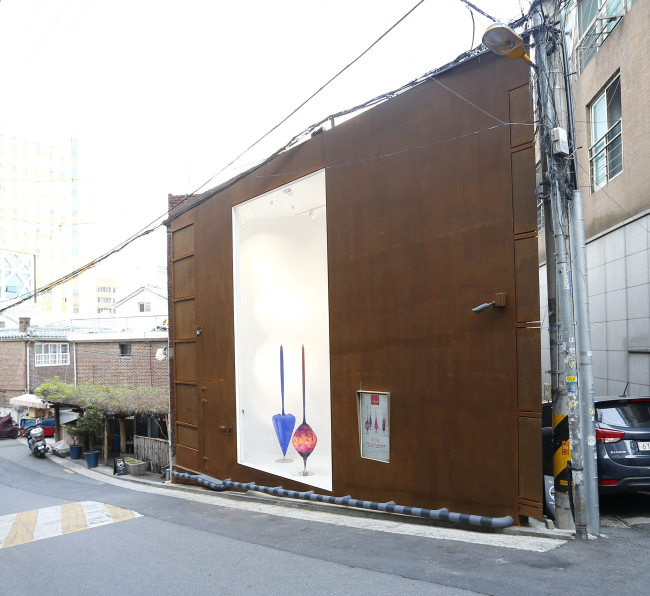
The festival celebrates a three-year public arts initiative, driven by Park Dong-hoon, the CEO of Hands BTL, and with the cooperation of Pil-dong residents.
“I’ve been working in Pil-dong for 25 years and have seen movie agencies and publishing houses leave for other cities. It was once the center of Korea’s early modern culture, but its glory has long gone. I decided to bring back the vibrant culture to the district,” said Park.
Pil-dong and the Chungmuro area were once Korea’s cultural hub. The country’s major movie agencies and theaters were located there, making the area the center of Korea’s movie industry. The area is also known as home to the country’s printing industry. It is still filled with small printing shops. During the Joseon era, a type foundry and a secondary education institute were located in the area.

During the three-day festival, Pil-dong will see its old glory restored with art displays, concerts, busking events and food stands filling the streets.
Different genres of artworks are already on permanent display at eight outdoor museums and in back alleys. Over the past three years, Park has been building small galleries in places such as on the edge of a street, at a street corner, or under a pedestrian overpass left unattended with piles of trash and discarded mattresses strewn about.
With the cooperation of residents, Park and artists transformed small neglected pieces of land into spaces for art.
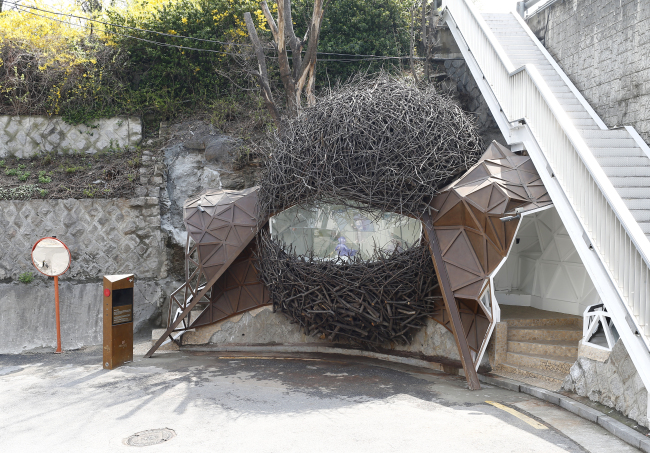
“I thought everyone has the right to enjoy art. I wanted to build a museum that has no barriers to the public, a space where anyone can view and enjoy art whenever they want,” said Park.
“I’m also happy that we are introducing high-level art to residents and visitors, not those that are shabbily made often found in other public art projects,” he added.
People can see artworks at outdoor art galleries that are on view 24/7. Each museum is accompanied by a screen stand that provides information on artworks and artists. Art displays change every three months.
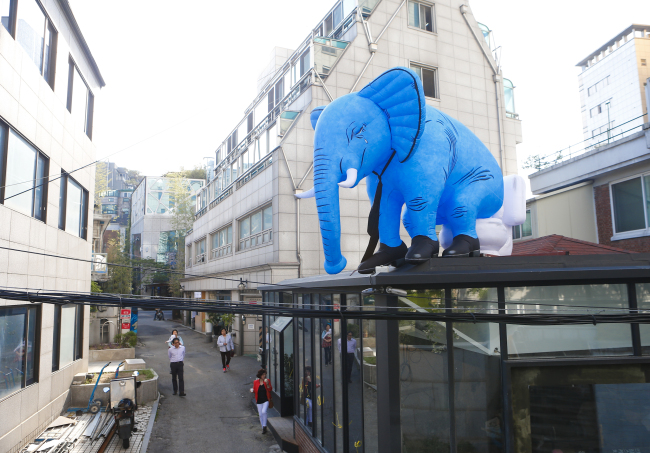
The first museum, across Park’s office, is on a 3.3 square-meter plot of land between Cocoon Music Hall and another building. It currently displays media art work by Nam June Paik, on loan from actor Lee Gwang-ki.
Another museum, on a small triangle-shaped piece of land between residential buildings uphill toward Mount Namsan, boasts a 6-meter height that allows larger art installations to be showcased.
A container box gallery is situated on the streets where people going to and from Chungmuro Station often pass.
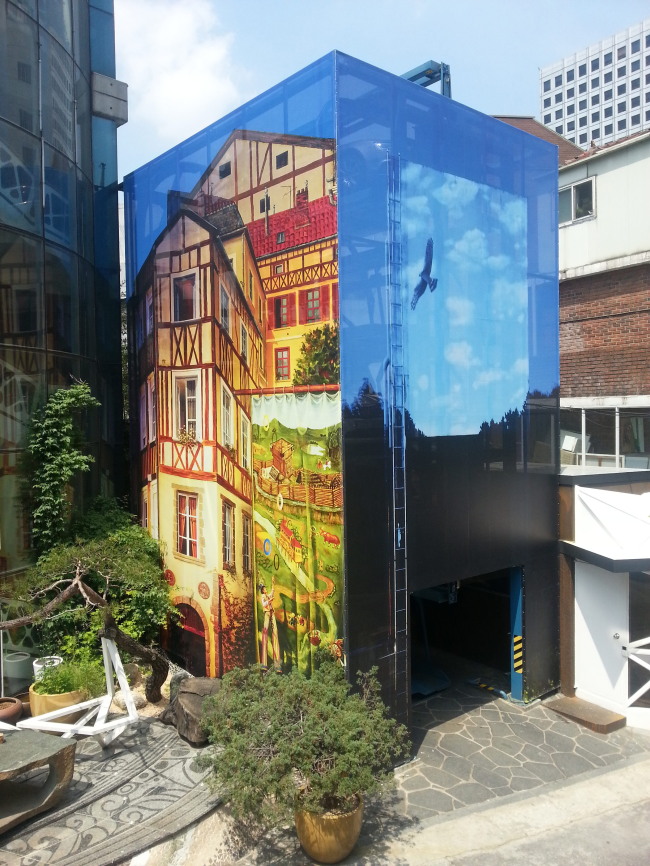
“The street art museum is a great opportunity for both artists and audiences to enjoy art and get to know each other in a more accessible way. It’s not only interesting for viewers who get to enjoy artworks in the most unexpected places, but also for artists who are able to meet a variety of audiences,” said artist Kang Joo-lee whose paper installation is displayed in a container box gallery.
The festival will begin with an opening concert at Cocoon Music Hall and a “samulnori” performance -- traditional Korean percussion music -- on the streets. A variety of music genres will be performed at the music hall, located across the Restaurant 24 Street, including classical music, Korean traditional “gukak,” and a DJ performance.
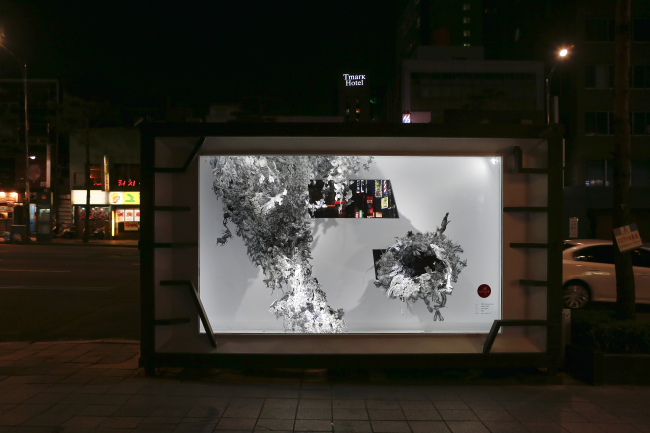
Talks on art, food, wine and psychology will also be held at a lecture hall on the site where the Joseon era’s secondary education institute was located until 1894.
A one-day pass for the festival, including admission to concerts and talks, costs 20,000 won for Thursday and Friday and 30,000 won for Saturday. Ticket holders can get 10 percent off when dining at nearby restaurants.
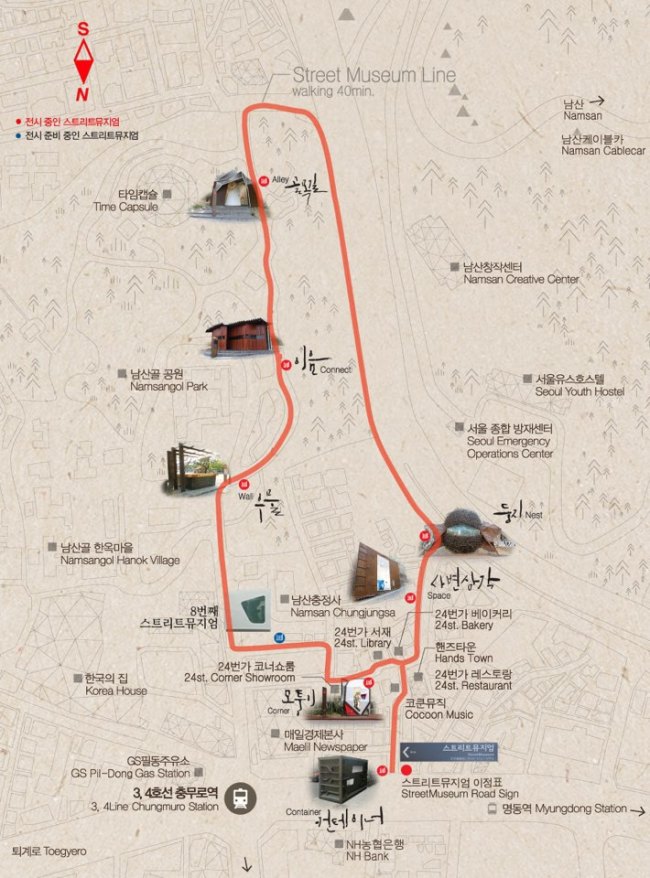
For more information, visit www.streetmuseum.co.kr or www.facebook.com/streetmuseumkorea.
By Lee Woo-young (wylee@heraldcorp.com)










![[Hello India] Hyundai Motor vows to boost 'clean mobility' in India](http://res.heraldm.com/phpwas/restmb_idxmake.php?idx=644&simg=/content/image/2024/04/25/20240425050672_0.jpg&u=)








